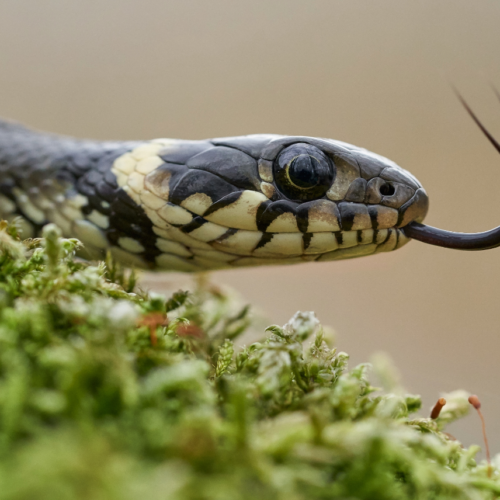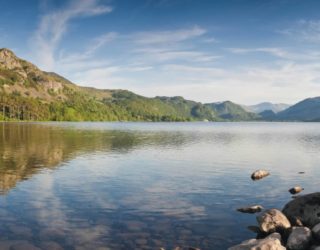The great crested newt, or GCN as it is often abbreviated, is one of the UK’s native amphibian species. The adults can be distinguished by their unusual appearance as they have black and ‘warty’ skin, with an orange underside.
Of Britain’s five native amphibian species, GCNs have suffered the steepest population declines particularly during the late 20th century. They are strictly protected by European and British law. Although they are widely distributed, their nature conservation status is threatened due to human activities and land uses, including agriculture, development and forestry, causing destruction of water bodies and degradation, loss and fragmentation of habitat.
GCN surveys are required if an area is considered suitable habitat for them and that area is to be disturbed for development. Confirming their presence is as simple as taking water samples for analysis for GCN eDNA. This sampling can be undertaken from mid-April although it is best done as soon as possible to allow for a full suite of six follow-up visits to determine population size. These have to be completed before the end of the validity period for GCN surveys in late June. Only with this survey data can an application be made for a European Protected Species Licence without which development cannot go ahead.
It is at this time of year that GCN eggs and larvae can be found in ponds and other suitable water bodies. Adult GCN that have over-wintered in terrestrial habitat begin moving to ponds and water bodies to breed. This could be as early as March or as late as May. The female GCNs lay and wrap their eggs singly in a leaf of a marginal plant, with egg laying reaching a peak in April and May.
Our surveyors have been excited to find GCN eggs, not only white, undeveloped eggs but also eggs containing developing embryos, which are clearly visible. Some have also been lucky to find GCN at other life stages. Appearing superficially like fish from a distance, GCN larvae can be identified by their orange gills, long toes, tail filament and dark blotches of pigmentation on their tail fins, crest and body. Finding signs of a protected species, or the species themselves, during survey work is normally very exciting for our junior ecologists, and even more so for our team of graduates who are in training. Our surveyors do not often discover GCN larvae (also called efts) but this can be quite a thrilling find during field surveys!










